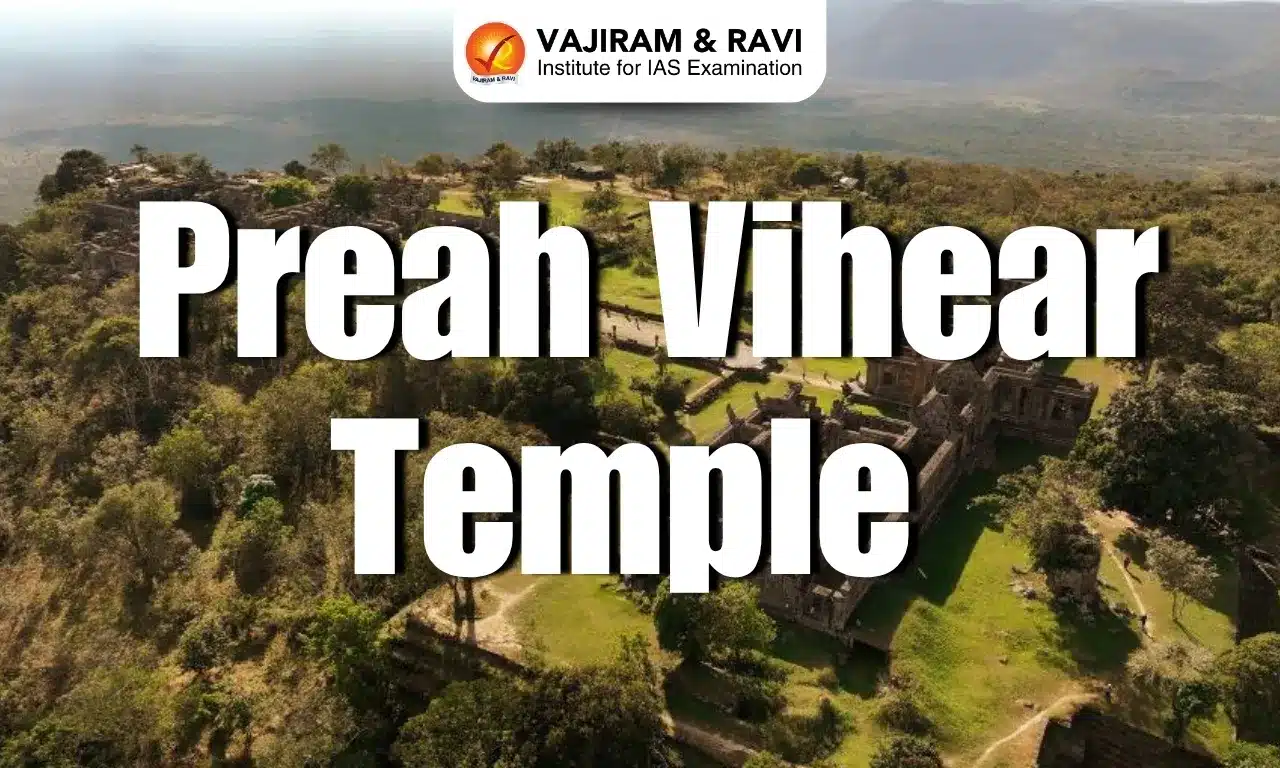About Artemis Accord:
- Artemis, named after the Greek Moon goddess, represents a comprehensive agreement drawn up by the US to bring together nations that share a common vision for civil space exploration.
- It serves as a framework for cooperation and collaboration in space exploration, building upon the foundation of the Outer Space Treaty of 1967.
- The Artemis Accords were jointly launched by the United States Department of State and NASA on October 13, 2020, with seven partner countries, such as Canada, Italy, Japan, Luxembourg, UAE, and the UK.
- The Accords have been signed by 26 countries as of June 23, including the original eight. These include traditional US allies like Japan, Australia, the UK, France, and Canada, but also countries with relatively less developed space programmes like Colombia, Rwanda, Nigeria, and Mexico.
- The principles of the Artemis Accords include
- peaceful exploration,
- full transparency in space activity,
- including public release of scientific data,
- interoperability of systems to enhance safety and sustainability,
- emergency assistance to personnel in distress,
- preserving outer space heritage,
- extracting and utilising space resources in compliance with the Outer Space Treaty, and
- The safe disposal of orbital debris.
- The Artemis programme includes plans for a base on the lunar surface, multiple spacecraft to ferry humans and cargo, an orbiting space station, and a constellation of satellites to help with navigation and communication. The first Artemis crewed mission to the moon’s surface is likely in 2026.
- NASA is also keen to emphasise that the Artemis programme will take the first woman, and the “first person of colour”, to the moon.
- By joining the Artemis Accords, ISRO gains access to valuable technologies and opportunities for scientific and technological advancements. Collaboration with NASA would enable knowledge-sharing and technology transfer and enhance India’s space exploration efforts.
- The joint mission to the International Space Station (ISS) in 2024, coupled with the Gaganyaan human moduleflights, would set the stage for India to raise its space aspirations
Q1) What is the Outer Space Treaty of 1967?
The 1967 Outer Space Treaty bans the stationing of weapons of mass destruction (WMD) in outer space, prohibits military activities on celestial bodies, and details legally binding rules governing the peaceful exploration and use of space. The treaty entered into force Oct. 10, 1967, and has 110 states-parties, with another 89 countries that have signed it but have not yet completed ratification.
Source: India signs global Artemis accord with US, to share data resources over Moon mission
Last updated on December, 2025
→ Check out the latest UPSC Syllabus 2026 here.
→ Join Vajiram & Ravi’s Interview Guidance Programme for expert help to crack your final UPSC stage.
→ UPSC Mains Result 2025 is now out.
→ UPSC Notification 2026 is scheduled to be released on January 14, 2026.
→ UPSC Calendar 2026 is released on 15th May, 2025.
→ The UPSC Vacancy 2025 were released 1129, out of which 979 were for UPSC CSE and remaining 150 are for UPSC IFoS.
→ UPSC Prelims 2026 will be conducted on 24th May, 2026 & UPSC Mains 2026 will be conducted on 21st August 2026.
→ The UPSC Selection Process is of 3 stages-Prelims, Mains and Interview.
→ UPSC Result 2024 is released with latest UPSC Marksheet 2024. Check Now!
→ UPSC Prelims Result 2025 is out now for the CSE held on 25 May 2025.
→ UPSC Toppers List 2024 is released now. Shakti Dubey is UPSC AIR 1 2024 Topper.
→ UPSC Prelims Question Paper 2025 and Unofficial Prelims Answer Key 2025 are available now.
→ UPSC Mains Question Paper 2025 is out for Essay, GS 1, 2, 3 & GS 4.
→ UPSC Mains Indian Language Question Paper 2025 is now out.
→ UPSC Mains Optional Question Paper 2025 is now out.
→ Also check Best IAS Coaching in Delhi

















